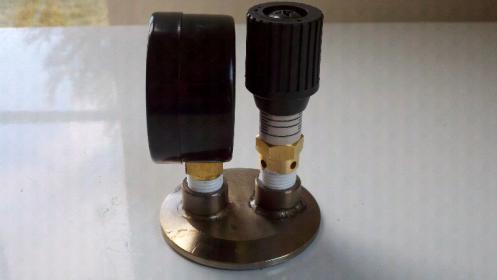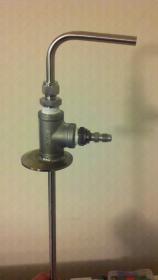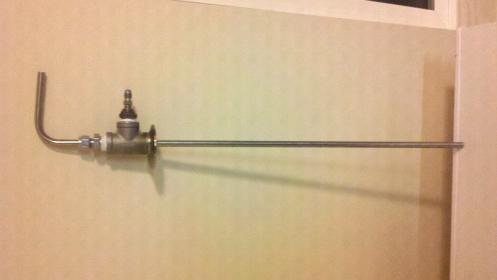nostalgia
Well-Known Member
According to a FAQ I found:
-Joe
All Knowing Internets said:What are the advantages of a liquid filled gauge?
Liquid-filled pressure gauges provide a number of advantages:
- The liquid absorbs vibration and pressure spikes.
- The dampening action of the liquid enables the operator to take reading during conditions of rapid dynamic loading and vibration.
- The liquid lubricates all moving elements, dramatically reducing wear in the movement.
- Because most liquid-filled gauges are filled with non-aqueous liquid and hermetically sealed, they perform in corrosive environments and are immune to moisture penetration and icing.
-Joe












